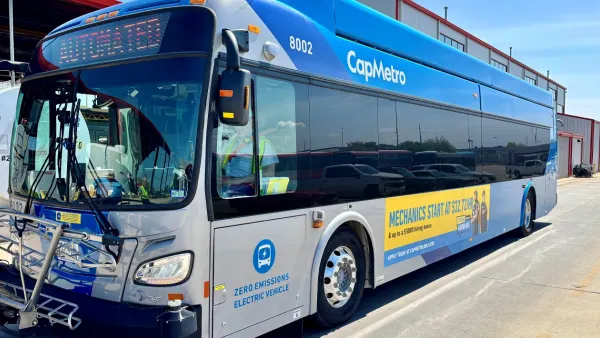Dive Brief:
- Ride-hailing giant Uber officially filed for its initial public offering (IPO) Thursday as it submitted its S-1 to the Securities and Exchange Commission (SEC) ahead of its listing on the New York Stock Exchange.
- The filing comes less than a month after rival Lyft went public, and while it did not disclose its desired valuation, Uber is reported to be looking to sell around $10 billion in stock.
- "What began as ‘tap a button and get a ride’ has become something much more profound: ride-sharing and car-pooling; meal delivery and freight; electric bikes and scooters; and self-driving cars and urban aviation," Uber CEO Dara Khosrowshahi wrote in a letter to potential investors included in the S-1 filing.
Dive Insight:
Khosrowshahi’s letter to potential investors indicates that Uber sees plenty of growth in its future, not only for its core ride-hailing business but also in its myriad other areas. He notes the company is “barely scratching the surface” in areas like food and logistics, as well as “how the future of urban mobility will reshape cities for the better.” And there are still plenty of opportunities for Uber to keep growing its business: it has new markets to break into in its ride-hailing business, while its dockless Jump bikes and scooters continue to make waves. Adding on its research on autonomous vehicles (AVs) and logistics, it is easy to be bullish on the company’s future.
But like Lyft, Uber still has issues to overcome if it is to be a sustained success on Wall Street, particularly around profitability. In February, Uber disclosed that while it took in $3 billion in revenue in Q4 of 2018, it had a net loss of $865 million, numbers that have made some analysts skittish about its chances of success on the public market. In its S-1, Uber warns it may not be profitable for some time as it adds drivers and partners; expands into new or existing markets; increases its technology use and ups its game in research and development. It also asserts that classifying drivers as employees instead of independent contractors would “require us to fundamentally change our business model, and consequently have an adverse effect on our business and financial condition.”
Uber has come under fire in recent years for poor business practices, with cities like London and Portland, OR having had a checkered history with the service. And while Khosrowshahi has worked hard to rehabilitate the company’s image and made it a partner with transit agencies, software companies, other businesses and cities like Cincinnati, OH, Uber’s S-1 admits there is still work to be done to “rehabilitate our brand and reputation,” and says they cannot afford to make similar mistakes in the future.
The filing also acknowledges the risks of investing in new technologies like AVs and flying taxis, which are unproven and still in the developmental stages, but says being able to develop those technologies and use them in a commercial setting will be key to its continued financial success.
While there are plenty of unknowns surrounding Uber’s IPO, including its proposed valuation, this filing represents another major step for the ride-hailing industry and the company itself, which Khosrowshahi said “was born out of a watershed moment in technology.” Given Lyft’s mixed results thus far in the stock market, it could be a wild ride for Uber too, but if both can be successful and find a path to profitability, it could mean the industry faces a bright future.











